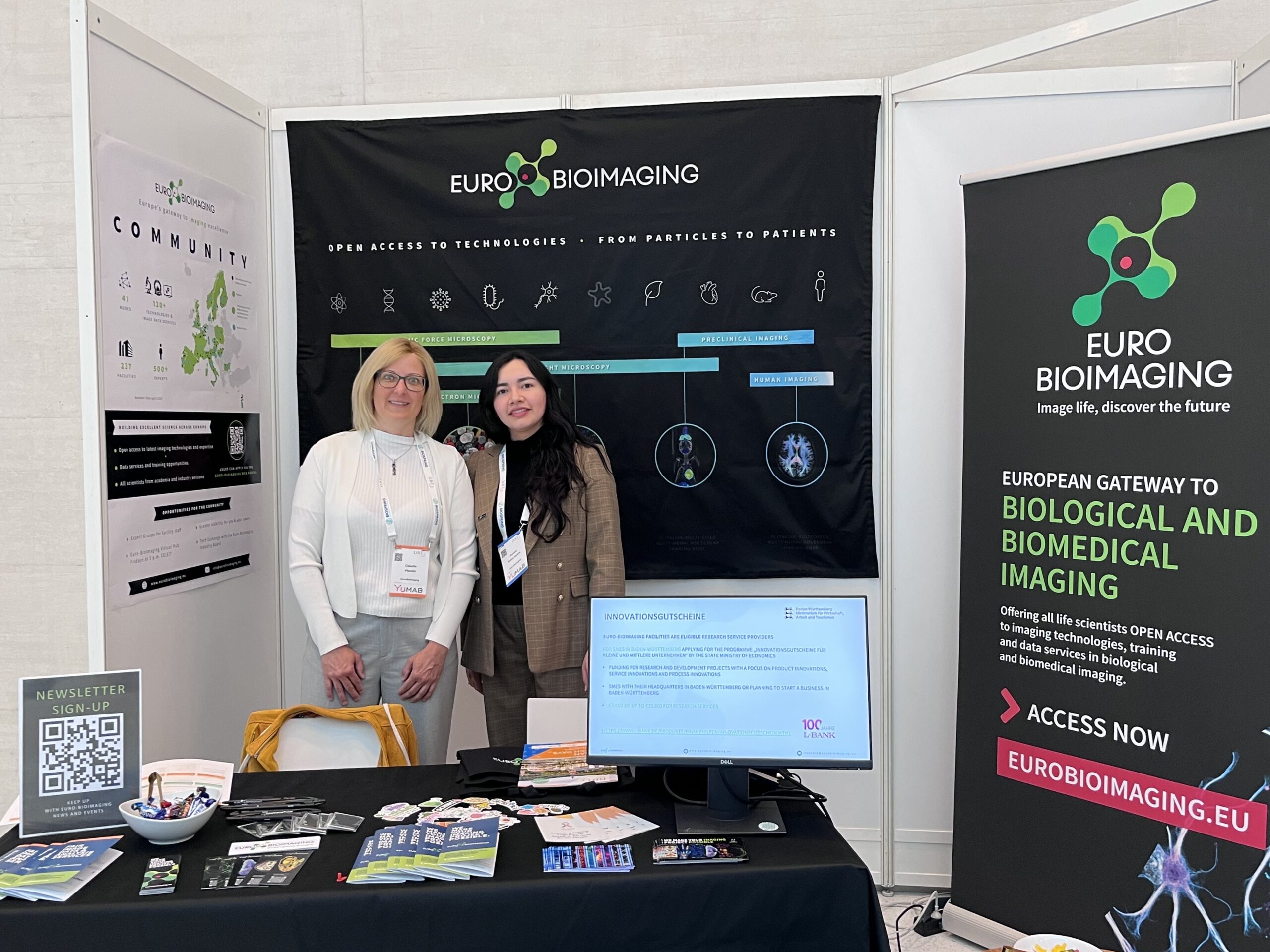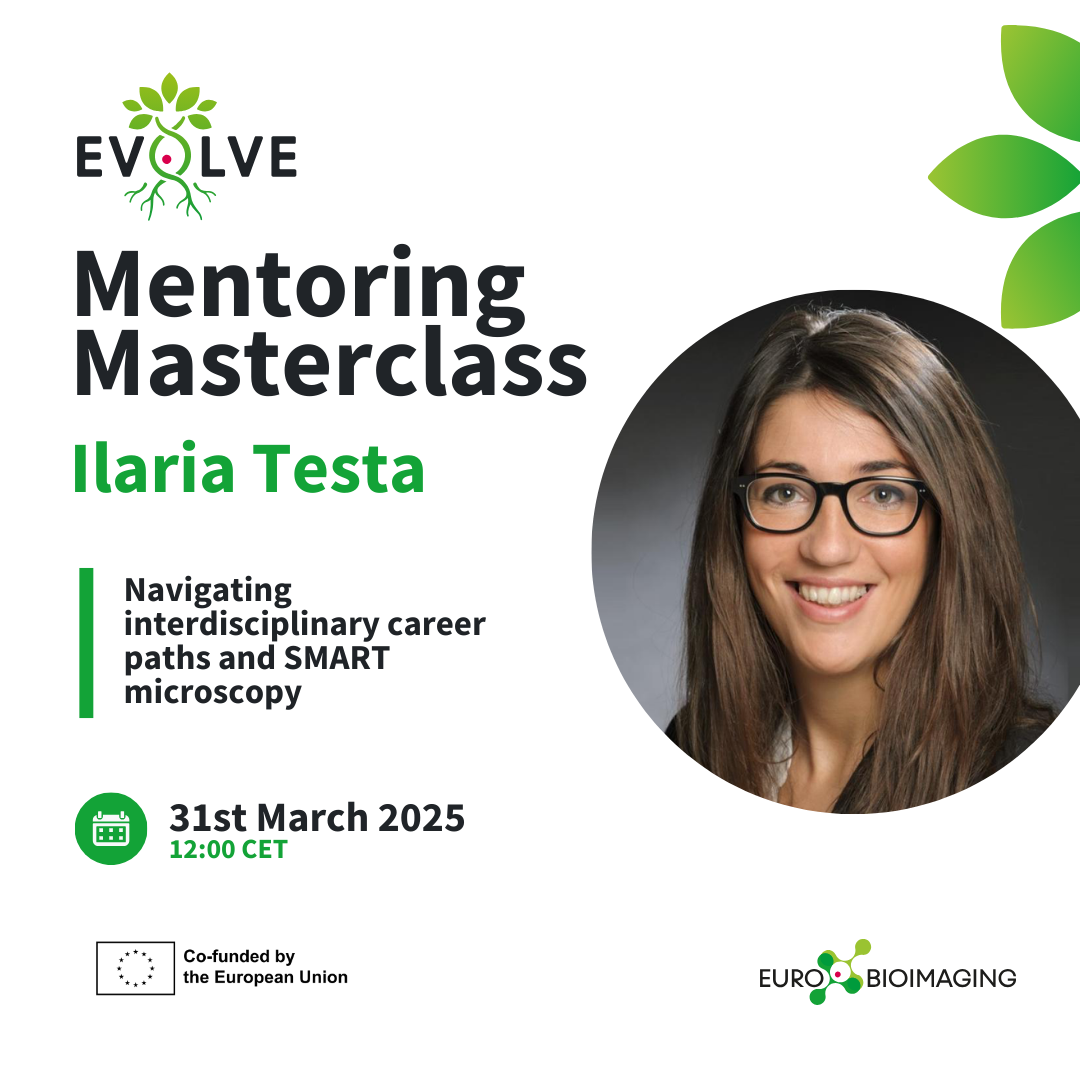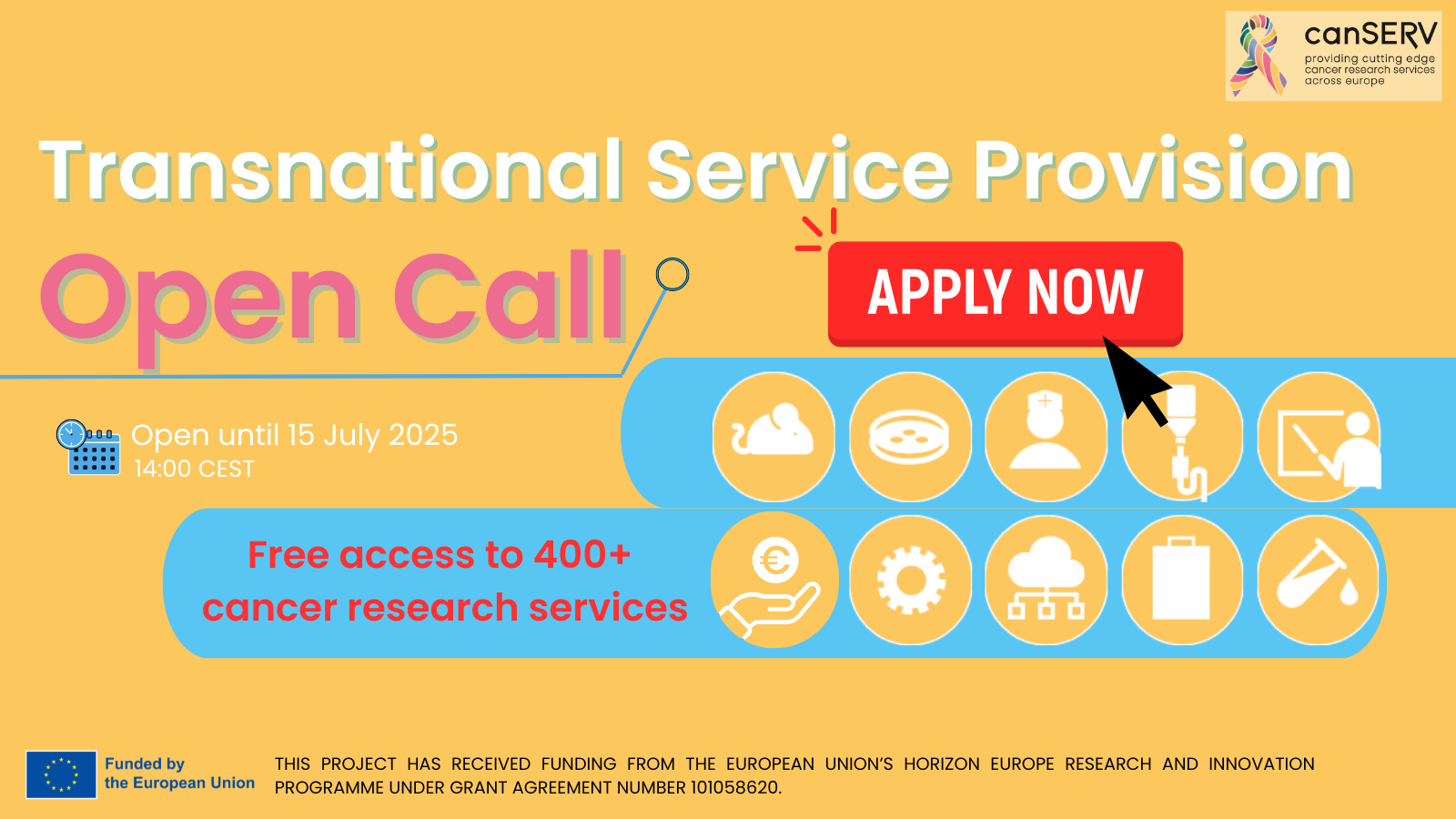
Image data services interview at the Centre for Cellular Imaging, part of Swedish NMI Node
BioImage Data Analysis is a new interdisciplinary field of research. It has rapidly developed to provide adapted computational solutions to the new scientific questions enabled by modern image data. It merges the expertise of life scientists, engineers, and computer scientists to devise mathematical and software methods for the robust extraction of contextual and quantitative information from image-based biological experiments. But how can a researcher navigate this complex landscape? These are the challenges that the Centre for Cellular Imaging, part of our Swedish NMI Node, aims to address by providing Image Data Services through Euro-BioImaging. To learn more about this Node’s expertise and services, we spoke to Julia Fernandez Rodriguez and Rafael Camacho Dejay.
What type of image data services do you and your team offer?
Julia: Our Image Data Services are based on the image analysis skills of my colleague Rafael Camacho Dejay. He is very knowledgeable, and has a lot of expertise, ranging from Image Data Processing, Quantification and Visualization to Correlated Multimodal Image Analysis and Smart Microscopy.
Rafael is able to assist several types of projects, from consultations to more involved collaborations, where we provide image analysis as a full service, and build custom software solutions to accomplish the user’s image analysis needs and expectations.
In addition, we provide access to powerful workstations and servers dedicated to image processing and analysis with a large set of commercial and open software. This computing power allows users to work on large data sets, which would otherwise be challenging to handle on their own infrastructure.

What is a typical project like?
Rafael: Like Julia said, generally speaking, user projects can be divided into two categories.
Let me first explain the Consultation type project. These requests involve the use of well-established and documented software tools and target Users that need to analyze their image data but are unsure about the tools and the methods to use. These projects are addressed through walk-in support activities, and are typically shorter. We start by setting up a meeting with the user to talk about the project. During this meeting, we will give keys to handle the Image Data Analysis (IDA) tasks, but most of the actual analysis is handled by the user.
The other type of project we are involved in are Collaborative projects. They emerge from requests that require a minimal-to-important computational development effort, resulting in either new analysis workflows or the customization of existing ones. These are IDA research endeavors to address original questions, for which analysis tools or workflows might be lacking, incomplete, or of complex implementation. These projects foster a collaborative way of working between the analyst and the User within the framework of a scientific project over medium or long durations.
How are projects selected?
Rafael: The selection process is mostly based on the image analyst validating the technical feasibility of a project and his availability. After these are validated, both the User and Staff agree on the type of service that better suits the needs of the project and the know-how present in the User’s research group. All researchers, from Academia or Industry, have equal access to assistance from the staff scientists of our facility regardless of their host organization.
How can we get started?
Rafael: The first step is to submit a request via the Euro-BioImaging Web Portal. Next step towards IDA services is a user meeting, free of charge for about 1h, for discussing:
- Brief description of the biological context and project stage;
- Description of the project goals;
- Description of the sample data, including metadata, required to determine if the project is feasible;
After the user meeting, both the User and Staff agree on the type of service that better suits the needs of the project and the know-how present in the User’s research group. And the project will begin based on the calendar decided by both parties.
More news from Euro-BioImaging


April 17, 2025
Ilaria Testa lights up EVOLVE Mentoring Masterclass on interdisciplinary science, SMART microscopy and team building
In a compelling EVOLVE Mentoring Masterclass hosted by Euro-BioImaging, Professor Ilaria Testa offered a multifaceted look into her scientific journey, from her interdisciplinary path…
